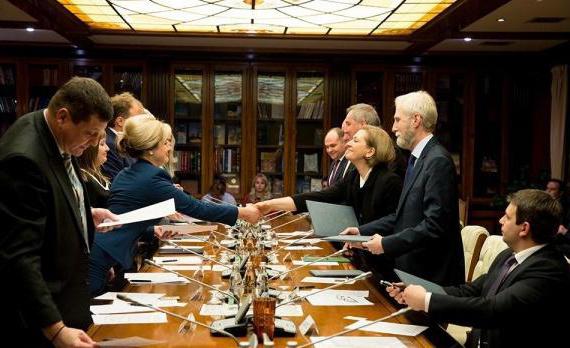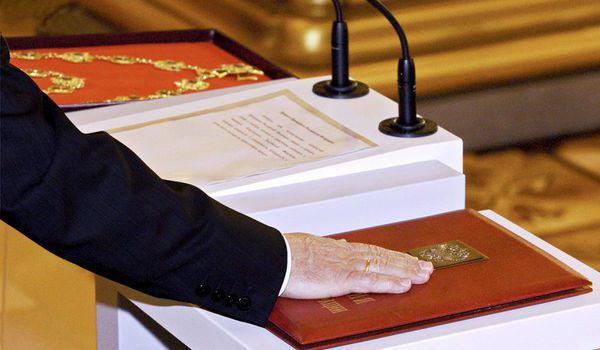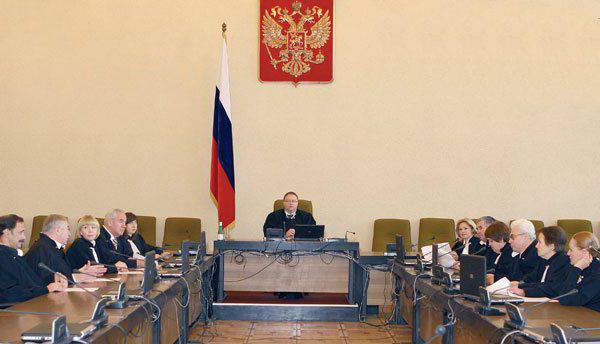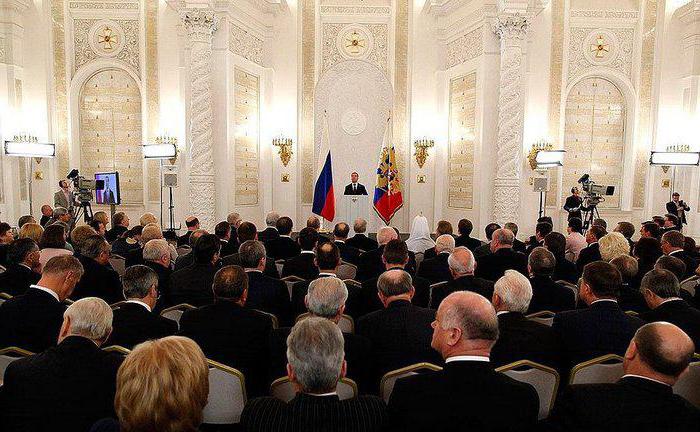Government bodies act as the central link in the administrative apparatus of the country. Without them, the implementation of constitutional and legislative provisions, observance of the rights and freedoms of citizens is impossible.
general characteristics
Government bodies are the mechanisms through which the people exercise their powers under the Constitution. The main features of these institutions include:
- A special order of creation and organization of work.
- The presence of state power.
These institutions act as a key element of the country's administrative system.
Structure Features
The country's governance system includes various regional and federal authorities. They are created and operate on the basis of the principle of unity. It manifests itself in the delimitation of objects of competence and authority. Management in the country is carried out, according to the Constitution, by the courts, the Federal Assembly and the president. These authorities form their own unique structure. It, in turn, is subdivided into several subsystems. According to the Constitution, the president does not belong to any of the existing branches of government. The tasks of the head of the country include ensuring the coherence of the actions of other institutions and monitoring the implementation of their responsibilities. The President directs the activities of the government, approves laws that are of paramount importance for the country. 
Three directions
Power in the country is divided into 3 branches:
- Legislative.
- Trial.
- Executive.
The latter is primarily the government of the country. Also included in this branch executive bodies authorities of the administrative-territorial units. These include the presidents of the republics, heads of administrations, governors, government, committees and departments. All these bodies form an integrated system of executive power throughout the country. The highest institution in this branch is the Government. The main feature of these bodies is the order of their formation. They are created by order of the administration or the head of the unit. The activities of these bodies are of an executive or administrative nature. The following branches include the courts:
- Constitutional.
- Supreme Arbitration.
- Supreme.
- Regional

These authorities also form a single system. They exercise their powers through criminal, civil and administrative proceedings. Legislative authorities are created through popular elections. These include the State Duma, various meetings and other institutions that are formed in this way.
Separate direction
A relatively independent branch is the prosecutor's office. The authorities included in this structure oversee the implementation of legislative provisions in the field of civil service and administration. This centralized system reports to the Attorney General.
Regional Institutions
Since Russia is a federal state, all power in it is divided not only horizontally. There are also vertical levels. State authorities, as mentioned above, are present in the subjects of the country. But they are all subordinate to higher authorities. The subjects of reference, which are under the control of regional and federal authorities, are strictly delimited by constitutional provisions. Moreover, the Basic Law provides certain entities with special powers.The Constitution also stipulates that the regions have the right to independently create their own bodies of power, to fix at the legislative level certain orders that do not contradict the Federal Law and other general legal acts. 
Specificity of regional authorities
Representative structures within their subject have unlimited legislative initiative. In each region, legislatures may have a name. The formation order, however, is the same for everyone. In accordance with the legislation of the country, the creation of these institutions is carried out by voting. The term of office is 4 years. In the judicial system at the level of subjects, there are regional and regional instances. They are subject to regional law. They do not apply to courts of general jurisdiction. The executive bodies of the regions are governments and administrations. Their leadership is carried out by heads, governors, presidents. The first deputies of these individuals also often act as heads of government.
Subjects of reference
As mentioned above, the Constitution delimits the range of issues that can be addressed at the regional and federal levels. Along with this, there are tasks that are implemented jointly by the institutes. Government bodies act as the main mechanism for the implementation of the Constitution and laws. Depending on their role in the management system, one can assess the legal situation in the country.



